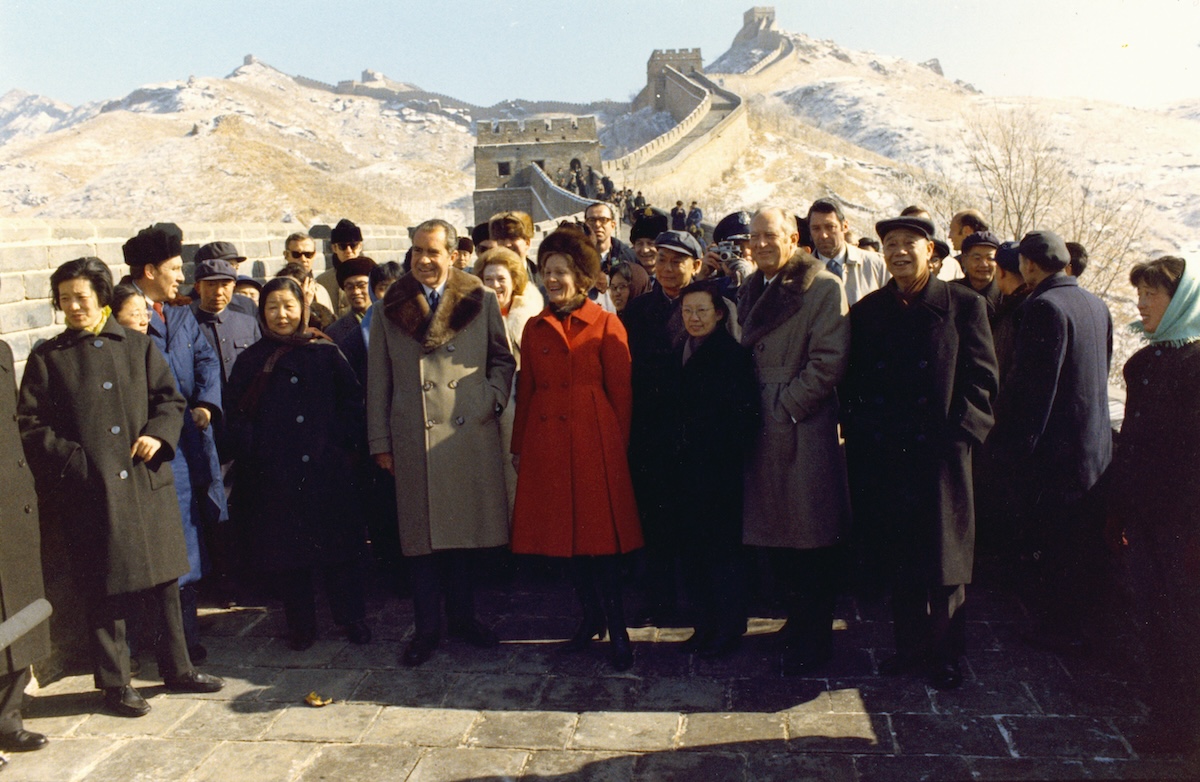Richard Nixon’s Opening to China and Closing the Gold Window
Like President Trump, Nixon made a virtue of unpredictability. In the case of his China strategy, this paid off while his decision to close the gold window did not.

In June 2018, Donald Trump torpedoed the G7 Quebec summit meeting at risk of provoking a trade war over import tariffs with the United States’ allies and, just days later, cosied up to North Korean leader Kim Jong-un, hitherto America’s bitter enemy, in their Singapore summit. Astonishing as these developments seem, they are nowhere near in scale to the surprises sprung by another US president nearly half a century ago. On 15 July 1971, onetime arch-Cold Warrior Richard Nixon went on television to make the stunning announcement that he would visit the People’s Republic of China, at the time the United States’ bitterest enemy, in early 1972. One month later, on 15 August 1971, Nixon was back on television to announce a bombshell decision to unilaterally close the gold window, the linchpin of the postwar international monetary system established at the Bretton Woods conference in 1944.
